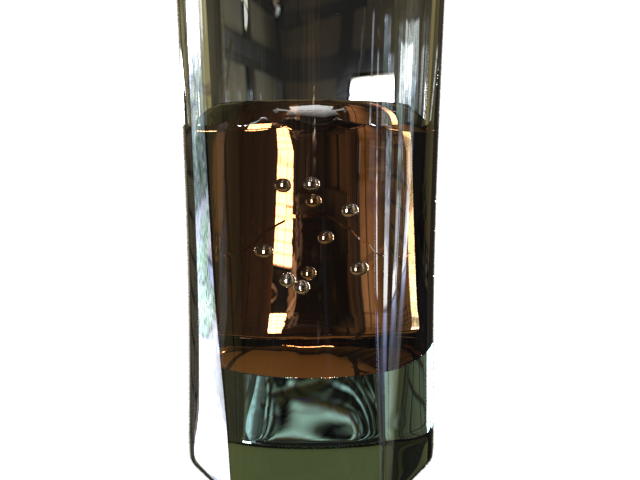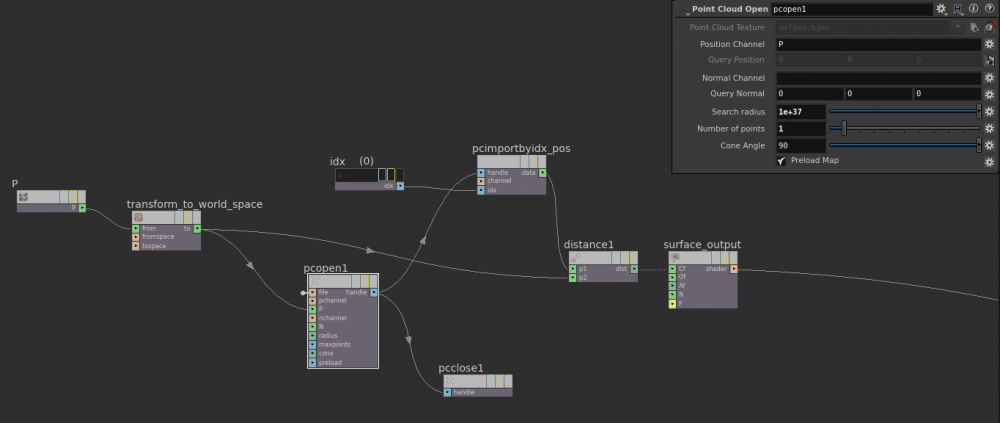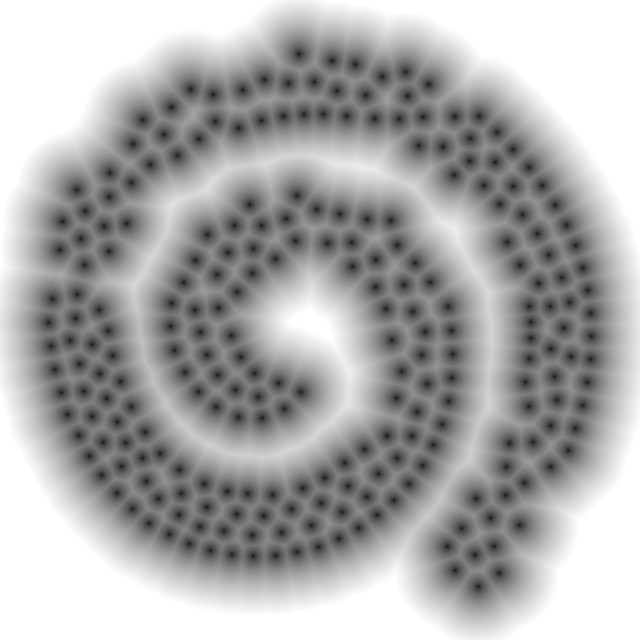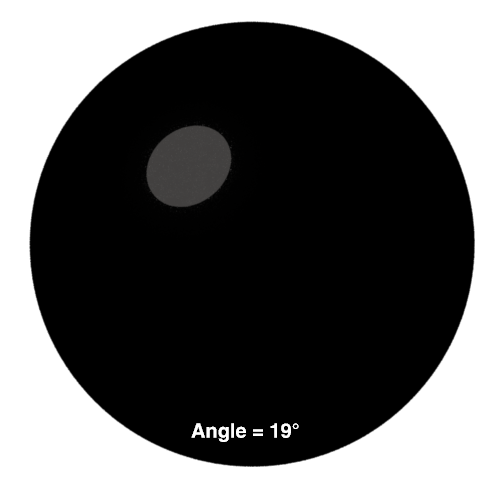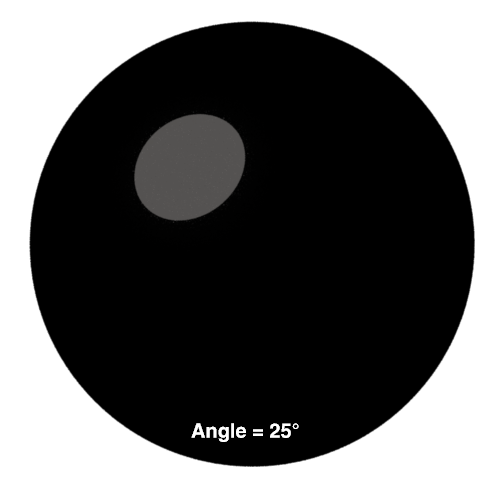-
Posts
62 -
Joined
-
Last visited
-
Days Won
3
rsd last won the day on November 16 2016
rsd had the most liked content!
Contact Methods
-
Website URL
http://groundflyer.github.io/
Personal Information
-
Name
Roman
-
Location
Russia
Recent Profile Visitors
The recent visitors block is disabled and is not being shown to other users.
rsd's Achievements
Newbie (1/14)
60
Reputation
-

The Protal Effect/Offscreen Rendering
rsd replied to sweetdude09's topic in Lighting & Rendering + Solaris!
Hi Jake, Unfortunately, I don't have access to that project file, but the trick is quite simple: The portals are just objects with their transforms, the planes need to get catch incoming rays. The algorithm is basically this: 1. transform incident direction and position from camera space to the input portal space 2. rotate them by 180 degrees 3. transform them again from the input portal space to the output portal space 4. trace a ray using the resulting values Teleporting light is a bit more tricky, as it requires custom illuminance loops (usual shaders will not work), but principles the same: transform light sample positions. Teleporting shadow is even more complicated: a custom shadow ray should be traced from specific position. To teleport displacement you just need to transform position, but portals boundaries should be checked. Here is the slides from Stupid RenderMan Tricks. prmanPortalsPresentation_RP_2008.pdf -
Hey @nigelgardiner. It should work, but I'm sure that it's not necessary (at least until the bubbles are not too big or are situated at the liquid surface). The usual PhySurface material is enough, just swap IOR on bubbles material: Outside IOR = liquid IOR and Inside IOR = 1. And nevermind that warning, it rises because the script can't find some PhySurface parameters on the nested material to link. All remained parameters can be linked manually.
- 30 replies
-
- yet another surface shader
- pbr
-
(and 3 more)
Tagged with:
-
Hey @caskal. The idea of worley noise is to use distance to the nth-closest point from randomly generated point cloud as a value. See https://en.wikipedia.org/wiki/Worley_noise To get controllable worley noise you need to pass your own point cloud to the shader. It can be done via Point Cloud Open: query a single point from the point cloud at current world position (the same space the point cloud saved in) and then compute distance to it. Voronoi diagram is done by using an attribute from the queried point to color the current cell.
-
Improved color management or OpencolorIO support. More parameters for output images, such as chroma subsampling for JPG.
-
Thanks, Matt. Another point-based shaders: worley noise and voronoi diagram generated using particles.
-
Portals. I put this shader off for a long time. It's originally from Renderman Stupid Tricks. I implemented all features: * sight teleportation * lighting teleportation * shadow teleportation * transformation * geometry (displace) teleportation Though I can't get geometry teleportation work well: mesh have to be teared, but intermediate polygons are stretching between portals, even with redicing.
-
Ripples as a shader. https://groundflyer.github.io/point-based-ripple.html
-
Point-based GI. https://groundflyer.github.io/point-based-gi.html There was a topic somewhere around named "pc cookbook" or something like that. This technique is similar to the ones described there.
-
Light shader This light shader uses velocity from particles to generate wave pattern.
-
Just shaping. The shapes were simulated as a crowd, then a single actor were chosen at time. No keyframe animation were used for particle manipulating. They were driven by additional attribute "passivity", so there is random delay for each particle, before they go to the goal.
-
Just put all content to houdini15.5 home directory.
- 30 replies
-
- 1
-

-
- yet another surface shader
- pbr
-
(and 3 more)
Tagged with:
-
The sun light is not properly sampled. It's a problem of light shader, not surface shader. Probably SESI's MIS scheme is't efficient enough. There are results of various sun angles, brightness is changing non-lineary. phyShaderTets.hip
- 30 replies
-
- yet another surface shader
- pbr
-
(and 3 more)
Tagged with:
-
I got this with skylight (PBR, diffuse disabled). Also, I recommend to use Environment Light in Ray-Tracing Backround mode, not direct lighting.
- 30 replies
-
- yet another surface shader
- pbr
-
(and 3 more)
Tagged with:
-
Another example.


